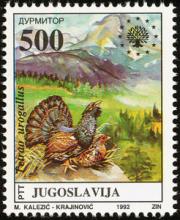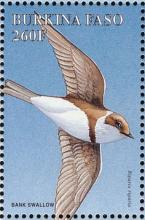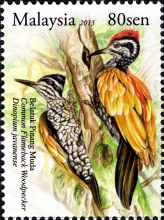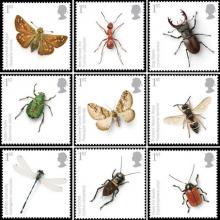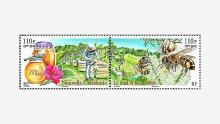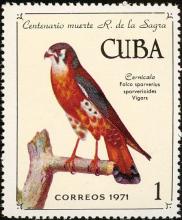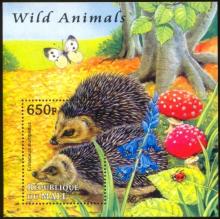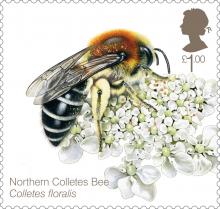Dramatischer Rückgang der Auerhuhnpopulation im Schwarzwald
Das Auerhuhn (Tetrao urogallus) gilt als Indikator artenreicher, lichter, von Nadelbäumen dominierter Wälder und besiedelt weltweit noch ein großes Areal. In West- und Mitteleuropa sind allerdings viele Verbreitungsgebiete isoliert und meist auf (Mittel-) Gebirgszüge begrenzt, viele Populationen sind bereits verschwunden oder stark zurückgegangen. Im Schwarzwald, Südwest-Deutschland, wurde die Auerhuhn-Population erstmals 1971 mittels flächendeckender Balzplatzzählungen geschätzt. Seit 1983 wurden diese Zählungen jährlich durchgeführt und dokumentiert.

